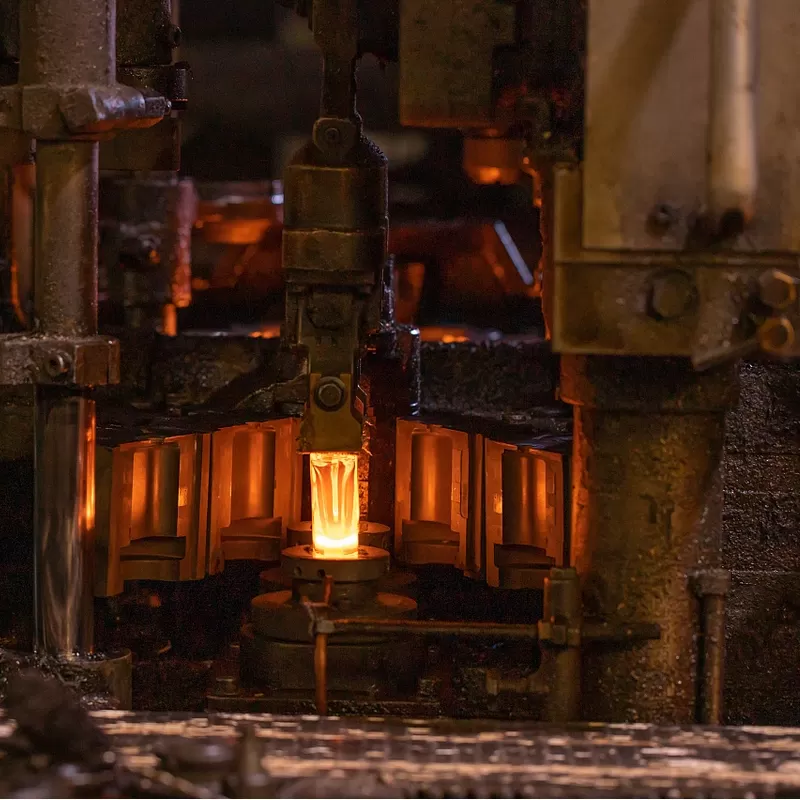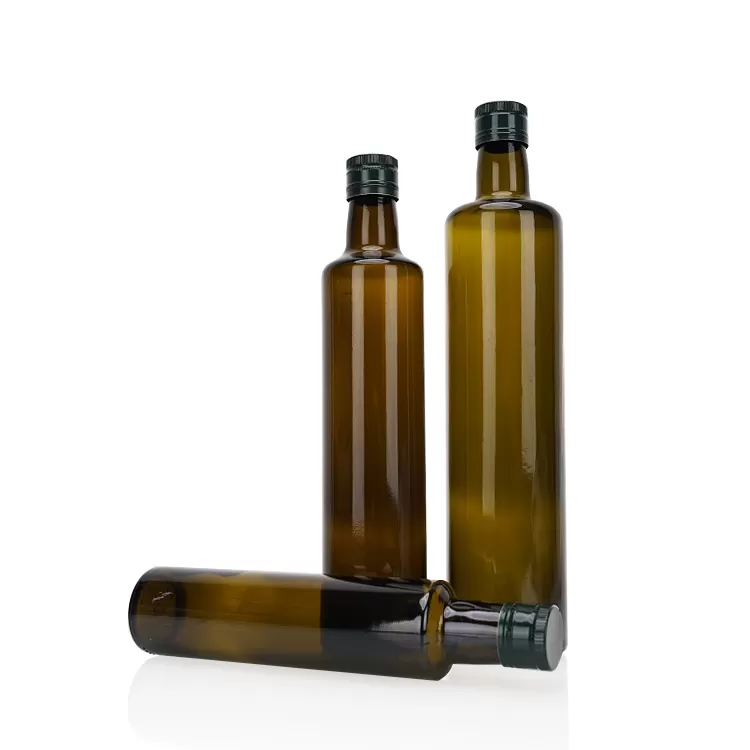Four major steps in glass bottle production
11-27-2023
Glass bottles come in various styles, from large to small, and are widely used as packaging containers for food, medicine, beverages, and other products. The glass bottle factory pointed out that it can be recycled and reused, making it a very safe and environmentally friendly packaging container. The production process of glass includes processes such as batching, melting, forming, and annealing.

The ingredients for glass bottles are weighed according to the designed ingredient list and mixed evenly in a mixing machine. The main raw materials for glass include quartz sand, limestone, feldspar, soda ash, boric acid, etc.
The melting of glass bottles involves heating the prepared raw materials at high temperatures to form a uniform, bubble free glass liquid. This is a very complex physical and chemical reaction process. The melting of glass is carried out in a furnace.
The formation of a glass bottle is to transform the melted glass liquid into a solid product with a fixed shape. Forming must be carried out within a certain temperature range, which is a cooling process. Glass first transitions from a viscous liquid to a plastic state, and then to a brittle solid state.

The annealing of glass bottles undergoes intense temperature and shape changes during the forming process, leaving thermal stress in the glass. This thermal stress will reduce the strength and thermal stability of glass products. The glass bottle factory pointed out that if directly cooled, it is likely to self rupture during the cooling process or during subsequent storage, transportation, and use (commonly known as glass cold explosion).








